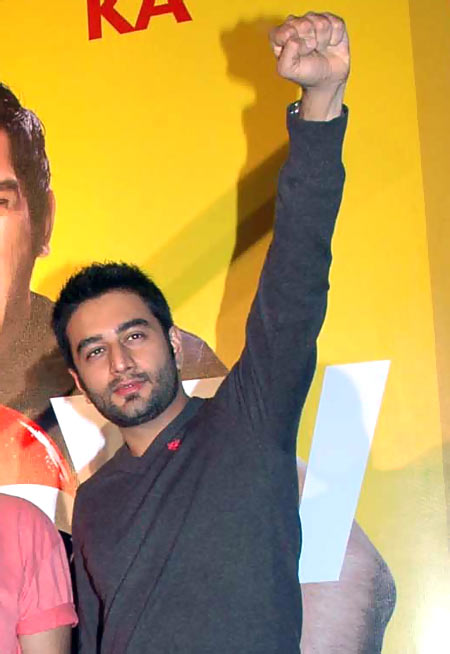
In 1999, Shekhar Ravjiani -- then a musician and singer for commercials -- was hired to compose two songs for the film Pyaar Mein Kabhi Kabhi.
One day at the recording studio, he ran into musician friend Vishal Dadlani, who had been hired to compose songs for the same film. The friends ended up working together on one song for the film and that resulted in one of Bollywood's most successful music partnerships in the last decade.
Known as Vishal-Shekhar now, the duo has worked on nearly 50 films -- composing music, sometimes writing lyrics (Vishal does that) and even singing.
Their music credits include Jhankaar Beats, Salaam Namaste, Dus, Bluffmaster, Om Shanti Om, Bachna Ae Haseeno, Dostana, Ra.One, Tees Maar Khan, The Dirty Picture and the recent hit Kahaani.
Their current projects include Dibakar Banerjee's much-awaited Shanghai and Karan Johar's Student of the Year.
Recently, Shekhar was on a personal visit to New York, while Sujoy Ghosh's Kahaani opened to a strong response in India.
On the opening night, Shekhar took his family to see the film at the AMC Empire 25, a multiplex in Times Square. There he met with fans who recognised him from his reality show appearances -- shows like Sa Re Ga Ma Pa where he was a judge with Vishal. He later commented that he is often recognised in New York City because many South Asian immigrants have seen him and Vishal on Indian cable channels.
Shekhar met with Aseem Chhabra in the Kew Gardens neighbourhood in Queens to talk about the film and the process of making music.

Kahaani's music is a departure from your previous work. What was the experience like working on a small film?
This is a film where we got scope to work for an original soundtrack that keeps the vibe of the film, keeping the character in mind. You actually travel with the protagonist. Just as the audience travels with her, it was required that the music do the same.
Only two songs from the album are in the film, but when you hear the soundtrack, you get the mood of the film. It's like a companion piece. It's not an album on its own. It can only be seen from Kahaani's point of view.
So that was really challenging and a lot of fun, since there were no situations where we would know what would happen immediately before or after the song.
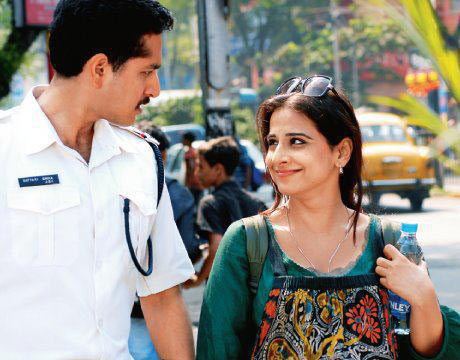
When you work on a film like Om Shanti Om...
...Everything is well scripted, in the sense that after this scene there will be a song. The song is the extension of the scene as written in the screenplay.
In the last year, we worked on Ra.One which was a commercial film. After that, we did The Dirty Picture which was also commercial but had a 1980s feel.
Then we got Kahaani. But what Sujoy told us was different. In Kahaani, if you read the script you cannot pinpoint where the songs should be placed. He gave us the script and said, 'I don't know where to fit the songs. Just design the songs and we will see.' So we sat with Sujoy and decided to make five songs.
In the song Tore Bina -- Sukhwinder Singh sings it -- we captured the mood where she (Vidya Balan's character Vidya Bagchi) is missing her husband, visiting a city where she has never been before, and she's pregnant. This was one of my favourite songs. I don't know if it is fair to say that, but Kahaani is one of my favourite Vishal-Shekhar albums.
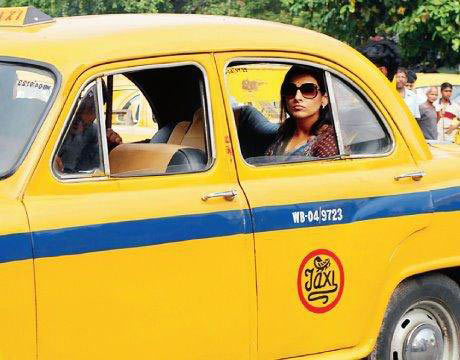
Please continue.
When a film opens with no songs and dances, no big star support -- although Vidya is a star, she is the new hero -- it's great to see a film with a female protagonist get such a big opening, that usually happens for projects with male protagonists. In Kahaani, there was no one lip-synching the songs. And yet the CDs are selling, there are a lot of downloads happening. That is so encouraging.
When I booked my tickets at the AMC in Times Square, the show eventually sold out. I did tweet about it, but people turned up and said they wanted to see the film and personally congratulate me for the music.
Our job is to make music, but it is so rewarding when we hear people say 'We want to congratulate you for the film.'
Watching the film with the New York crowd was interesting. The audience couldn't take their eyes off of the screen. That's the power of good cinema.
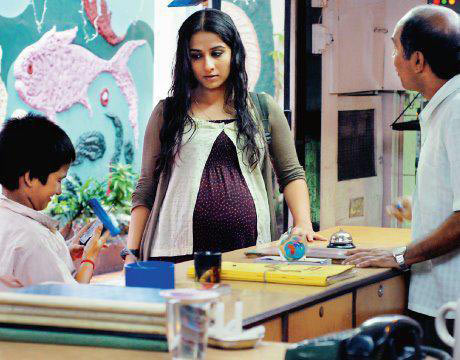
One of the real surprises in the film was Amitabh Bachchan singing Ekla Cholo Re.
We are all big fans of his, and I know Sujoy is a bigger fan. Mr Bachchan came to the studio and we decided to give a gospel version to the song. He was so gracious.
And how was the version of Ekla Chalo Re done without music?
I heard it for the first time when I saw the film on Friday. Sujoy decided to use the vocal tracks from the song that appears in the credits. That sounds very beautiful.
I loved the background score of Kahaani. It adds to the tension but it is not in your face.
Clinton Cerelo did the background score. He's a phenomenal musician. He arranged two songs for us -- Ekla Chalo Re and Tore Bina. Mikey McCleary (a musician from New Zealand who is currently working in Bollywood) arranged a song for us Piya Tu Kahe Rootha Re. It is sung by Javed Bashir.
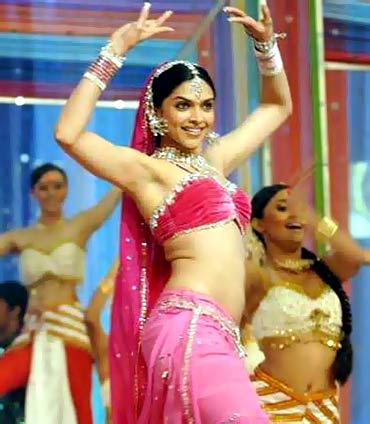
How did you find the Pakistani singer?
I spent time looking at Coke Studio videos from Pakistan and we really liked him. He recorded the vocals in Pakistan.
As compared to Kahaani, what were the experiences like when you worked on Om Shanti Om reflecting the 1970s or The Dirty Picture which was set in the 1980s?
You have to get into the vision of the music directors who worked in the 1970s and 1980s. For instance we got in the vision of Pyare Bhai (Pyarelal Ramprasad Sharma -- one half of the duo Laxmikant-Pyarelal) and even had him arrange one song Dhoom Taana.
That was our first song with 180 musicians. Usually we have maximum 50 or 60 musicians. So watching him -- the way he actually designed the song was a learning experience for us. We composed the song and gave it to him and we said 'Yeh gana hai, Javed (Akhtar) Sahib aur humne banaya hai. Now we want your vision -- big drums, big string pieces.'
And he arranged it for us.
With The Dirty Picture we went the Bappi (Lahiri) Da way. He rocked in the 1980s. So there we designed the songs in such a way that they sounded like from that era. There was a touch of the disco sensibility inspired by ABBA and Boney M.
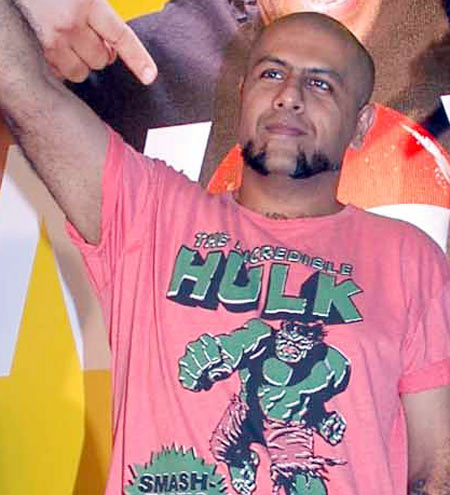
How do you and Vishal work together?
Both of us compose together. We sit together for the narration of the script. Once we get the narration we start jamming together. He brings in a couple of ideas. I take the keyboard and he plays guitar.
Before we present the song to the director, we create five or six options. But we only present one which both of us like. We actually trash the others.
And you have the lyrics?
Not necessarily. Vishal writes beautifully. Sometimes he pens a few lines. Most of the times what happens is that we first compose the music and lyrics are written to that compositions. That happens 95 percent of the time. But we have the hook-line. We play it for the director -- he likes it and then he gets a lyricist. But then, every music director has his own style of working.
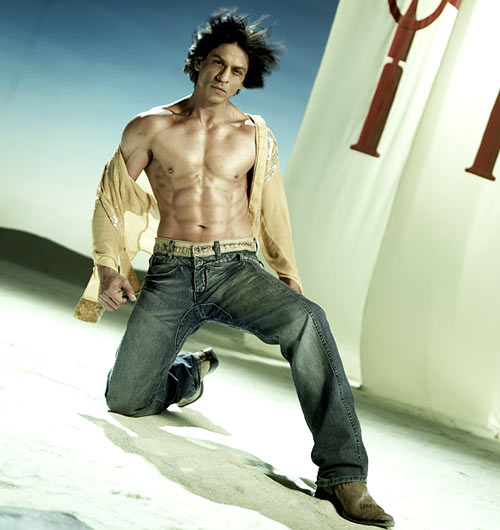
How were the lyrics of some of the songs from Kahaani developed ?
Well, for instance while we were working on Kahaani, Sujoy would often say, 'Aami Shotti Bolchi'. He came up with the idea. Vishal wrote the song and we worked on a jazz and metal composition. We got Ushaji (Uthup) to sing the song.
How did Dard-e-Disco happen -- did you compose the entire song and then Javed Akhtar came up with the lyrics?
Farah Khan -- it was her idea to play on dard and disco. We started the process with the opening tune (he hums the tune) and Javedsahib wrote Woh Haseena Woh Neelam Pari.
It was completely whacky watching him and Farah. They get along very well. There was a lot of madness, but the lyrics were written really intelligently.
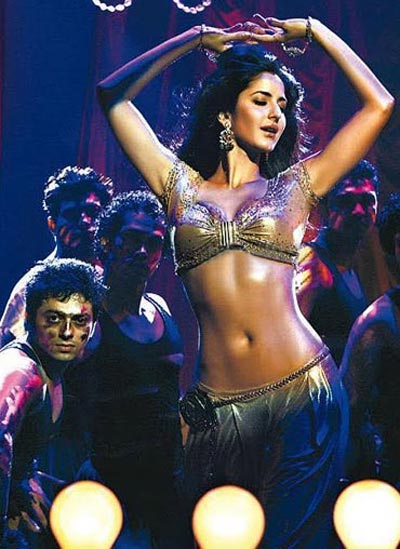
And then you composed the songs for Tees Maar Khan. Tell me something about Sheila Ki Jawani.
That was crazy. Farah comes to the studio, but before we discuss the song she always says 'Let's go to lunch.' She is so much fun to work with and she is actually a good friend.
She has instant reactions -- 'Yes I like it,' or 'No it's horrible.' She won't say let's try and make this happen -- let's change this line.
In this case, she had the item number in the film.
Katrina (Kaif) is acting in a film called Sheila Ki Jawani. So we had those three words and Vishal wrote the lyrics.
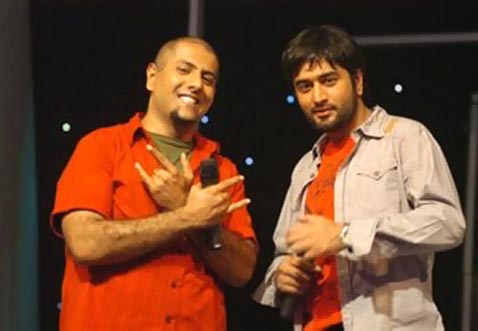
You started jamming the same way?
Yes and we decided to get the sound of a Nasik band to play the rhythm, the drum beat -- the type you hear on streets in small towns in India. And our arranger Abhijit Nilani put this entire loop together and over that Vishal wrote the song.
Did you have a sense of how big a hit you had?
Yes we sensed it. Farah went crazy. It's like a process. You are composing and writing, someone comes in and says its good. All your engineers in studio are dancing to the music. Friends walk in and say they like it. And friends don't bullshit, they are usually frank.
How many films do you take in a year?
We take our time. We like to focus on one film at a time. So we take three or four films -- with six songs per film. And we never overlap on projects. We also need to chill to retain the creativity. We want to enjoy sitting and making music.
So what is happening in Hindi cinema in terms of trends?
A lot of new people are coming. Interesting screenplays are surfacing. People are trying to do new things, trying new ways of story telling.
And that automatically -- for every department in the film -- it becomes an interesting new challenge. And there are really cool producers who are making it happen. Also the audience right now reacts very well to something that is new and fresh. People are loving Paan Singh Tomar.